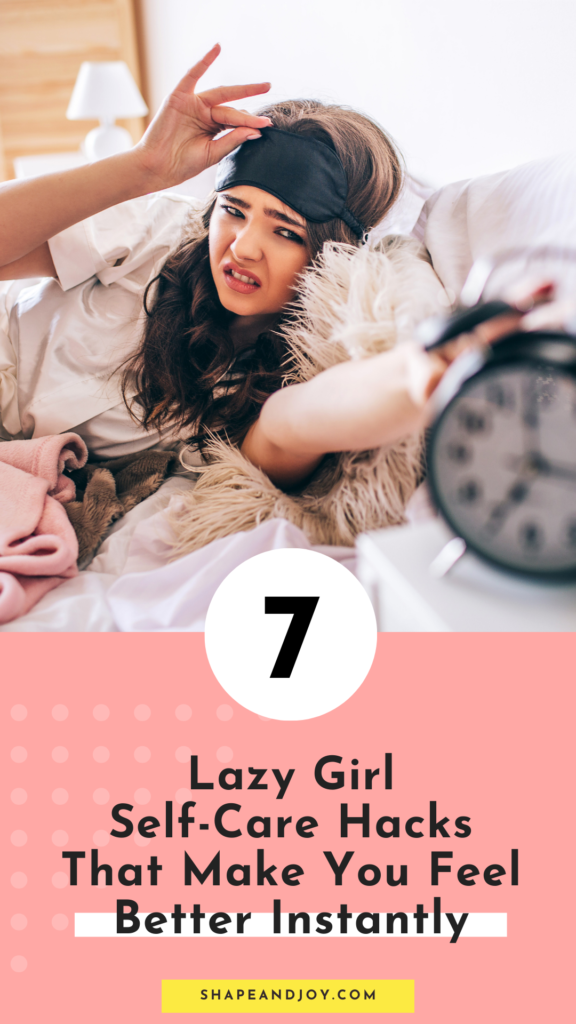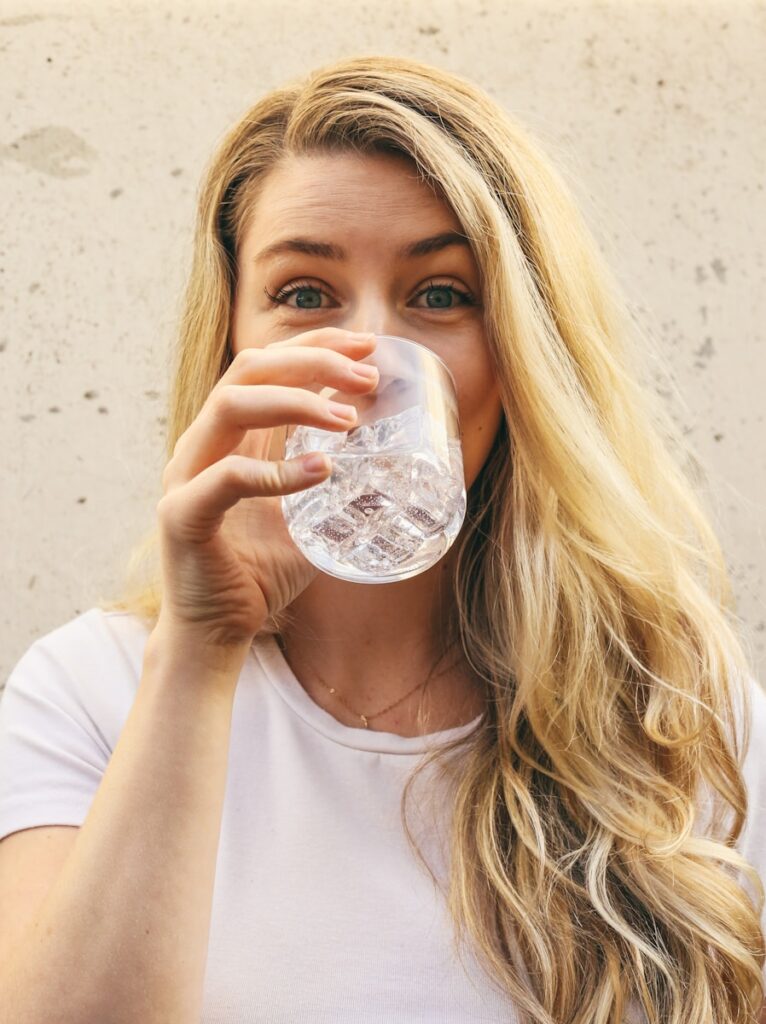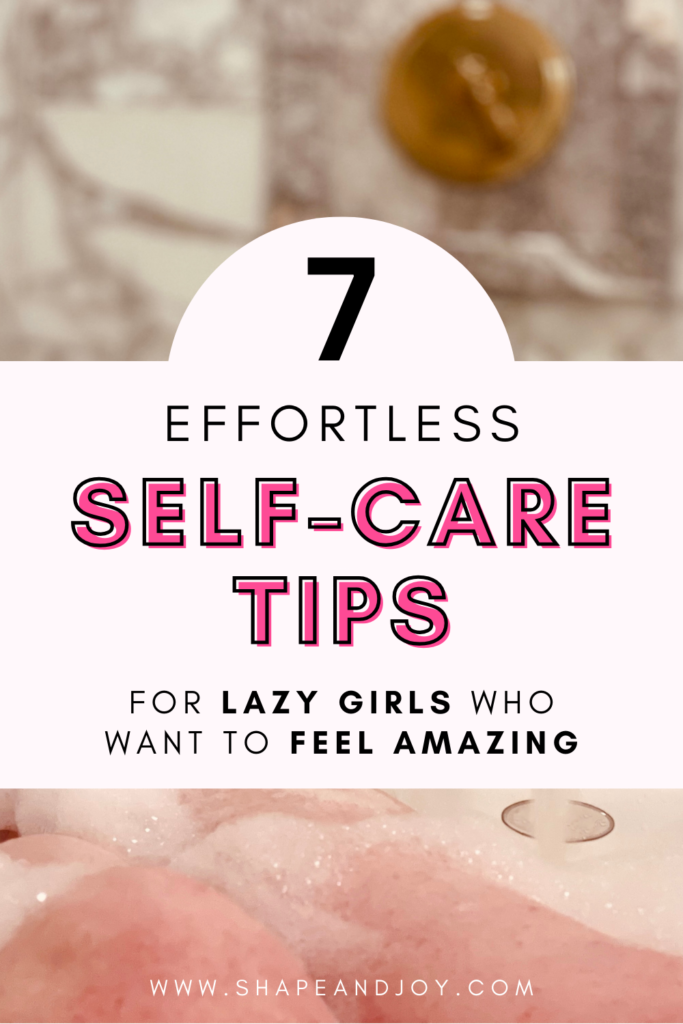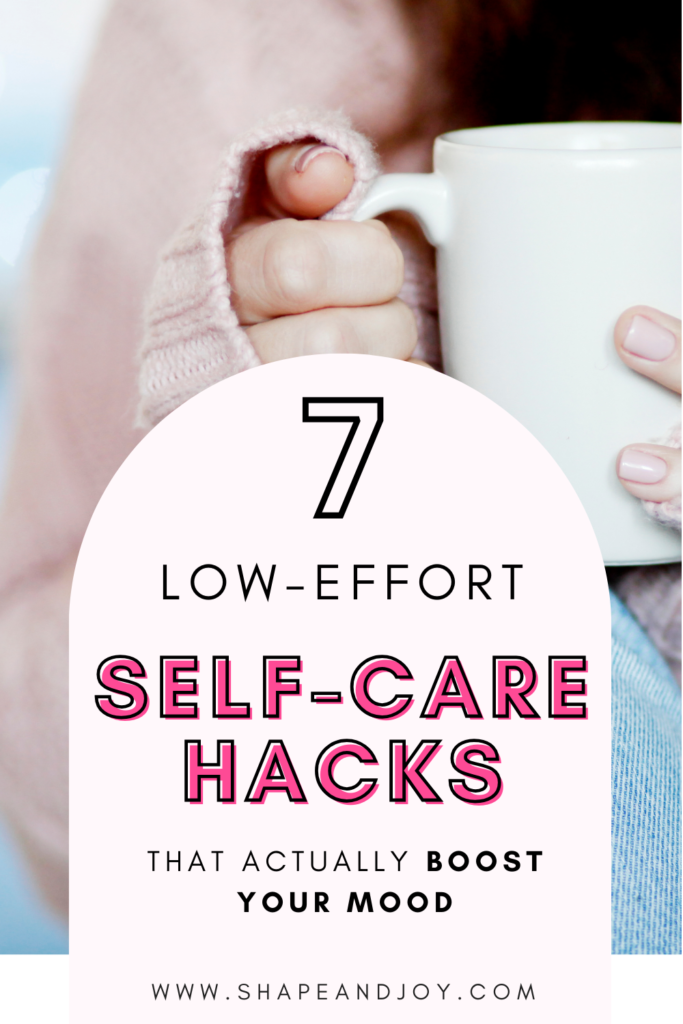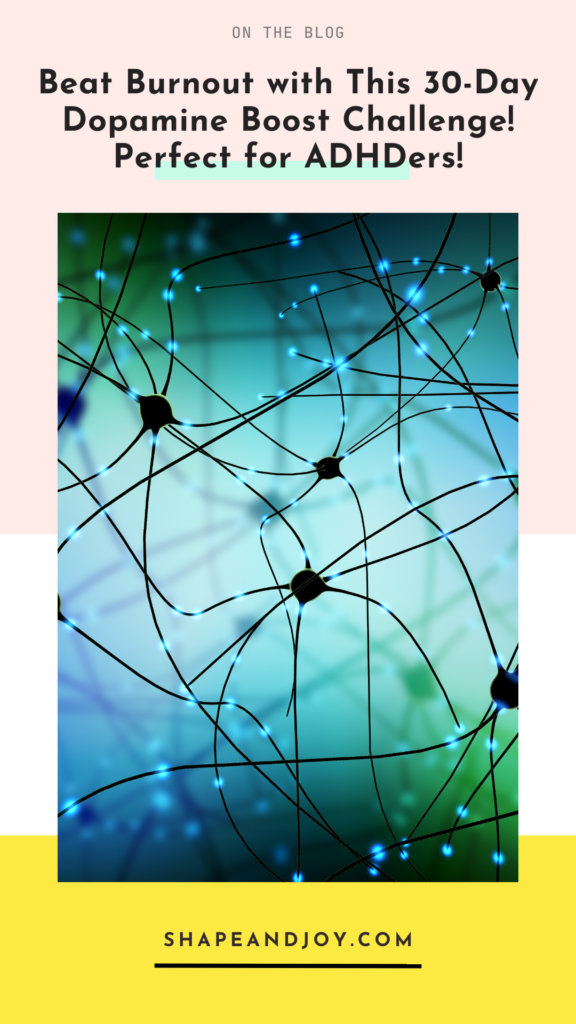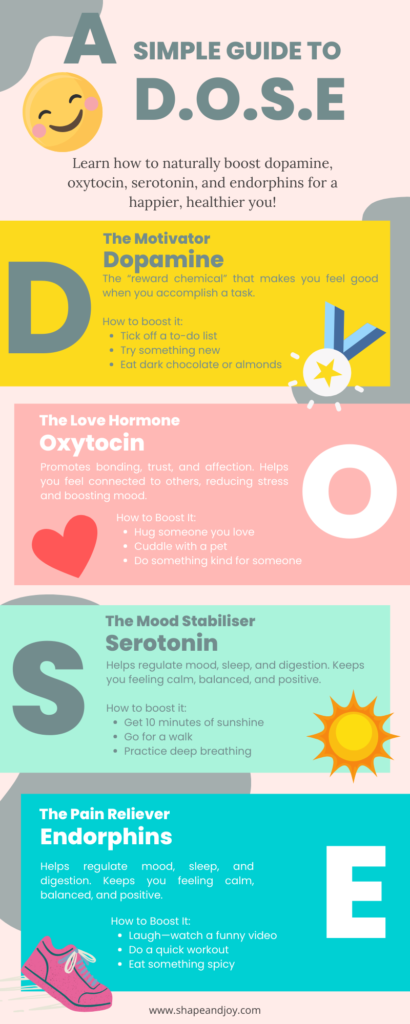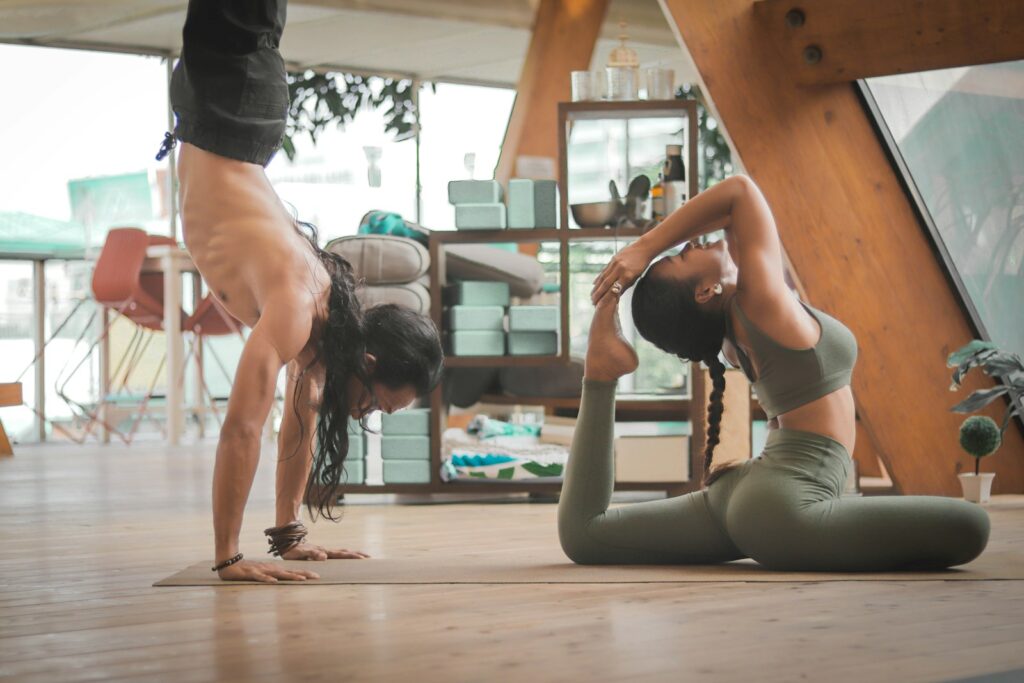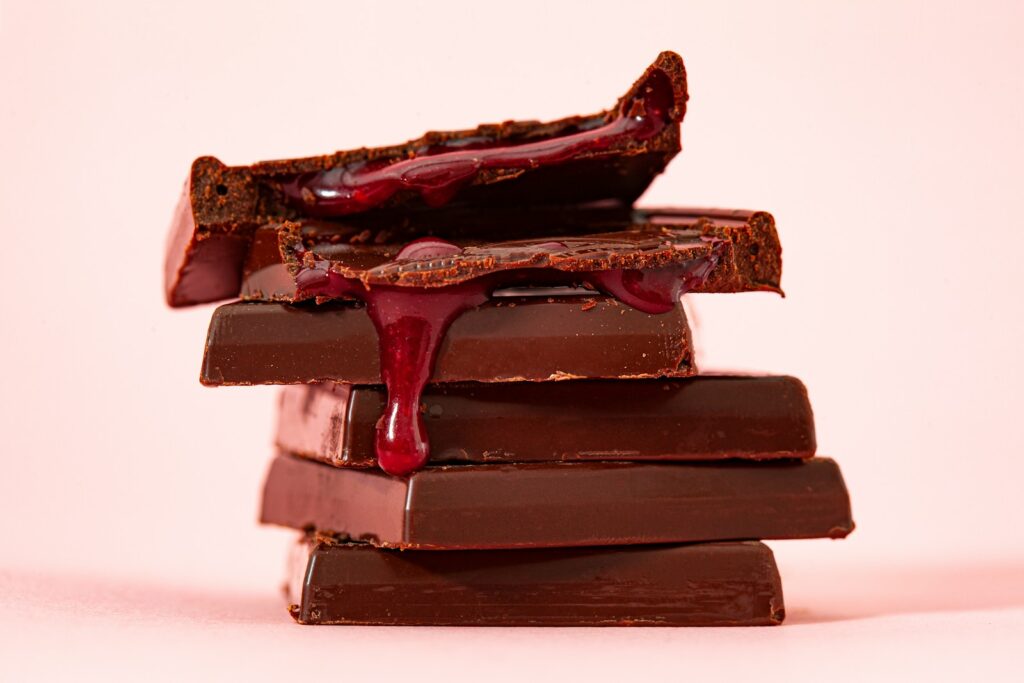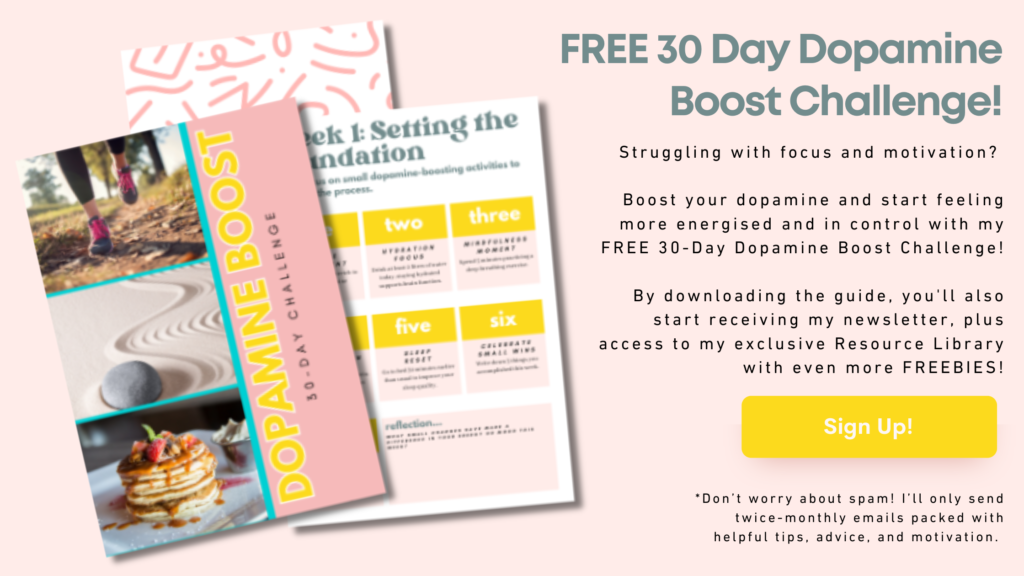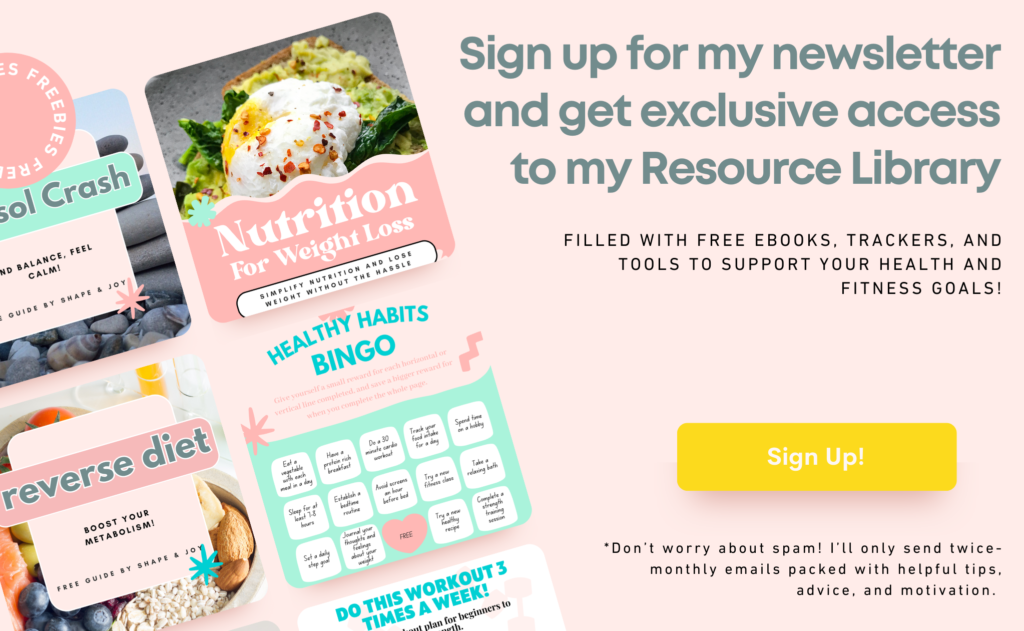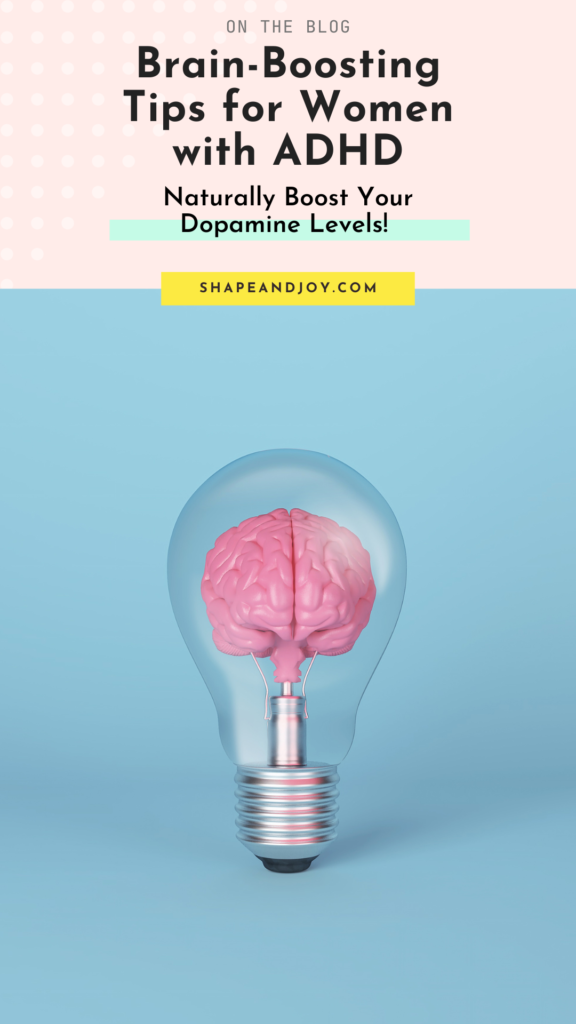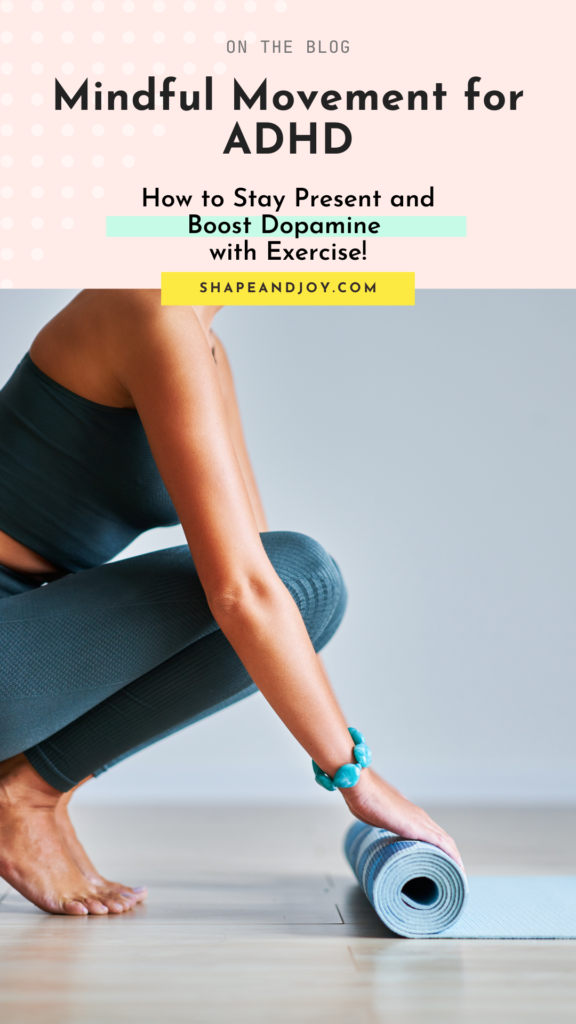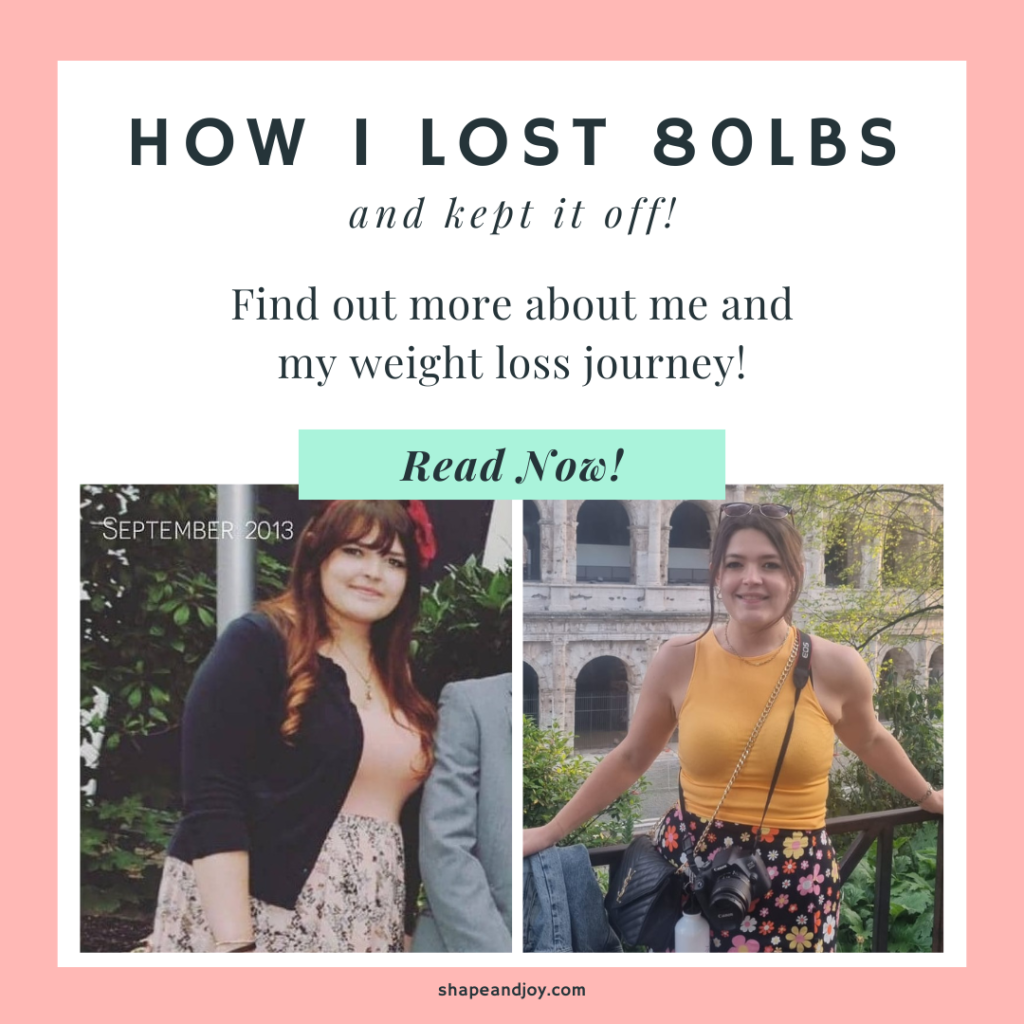The Best 5-Minute Self-Care Hacks for Busy Women
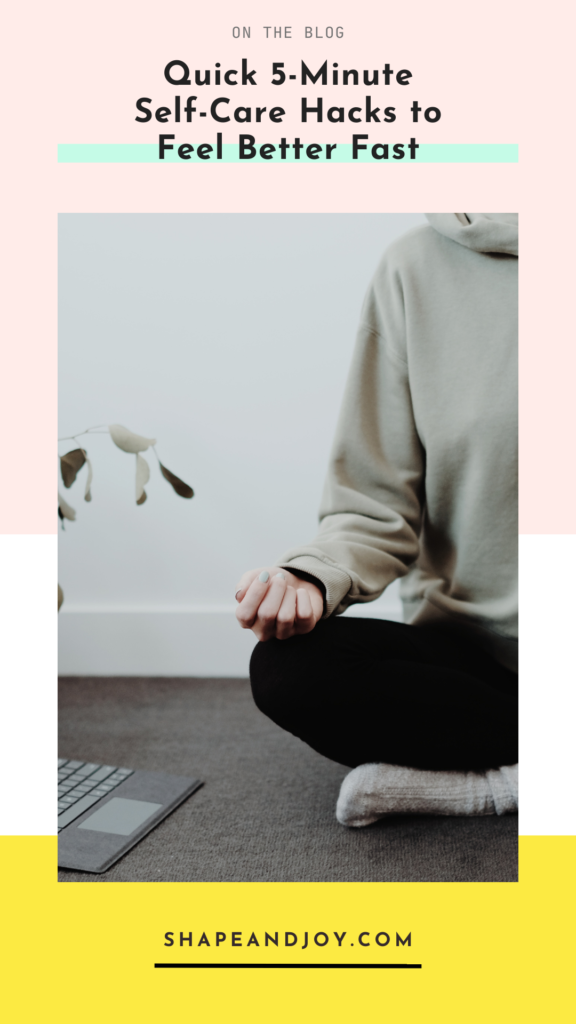
In case you missed it, last time we covered lazy girl self-care—the kind that doesn’t involve a full self-care day or an elaborate self-care routine that takes hours. Because let’s be real, most of us are too busy, too tired, or just can’t be bothered to turn self-care into a full-time job.
But what if I told you that you can feel better in just five minutes?
No, really.
This isn’t one of those “just wake up at 5 AM and journal for an hour” type of situations. These are quick, no-effort, dopamine-boosting, energy-lifting self-care hacks that fit into your life without requiring extra brainpower.
Perfect if you’re a stay-at-home mom, a busy student or just someone who barely has time to breathe.
So, if you’ve ever thought “I don’t have time for self-care”—this is for you.
- 1. Do Absolutely Nothing for 5 Minutes
- 2. Hydrate (With a Fun Drink, Obviously)
- 3. Quick Dopamine Hits for Instant Positive Energy
- 4. The Ultimate 5-Minute Skin Refresh
- 5. Stretch Like a Cat (Seriously, It Works)
- 6. The “I Don’t Have Time for Exercise” Workout
- 7. Create a Quick Self-Care Vision Board
- 8. The 5-Minute Shower Reset
- 9. Write Down One Win from Today
- Final Thoughts: Self-Care Hacks in 5 Minutes Flat
1. Do Absolutely Nothing for 5 Minutes
Yes, this is real advice. Sometimes, the best self-care is just stopping for a second. No phone, no emails, no thinking about your endless to-do list. Just sit, breathe, and exist.
Lazy Girl Tip: If your brain won’t shut up, try box breathing—inhale for 4, hold for 4, exhale for 4, hold for 4. It forces you to slow down and instantly lowers stress.
Incorporating short mindfulness practices into your daily routine can significantly enhance your mental health. Even brief sessions can reduce stress, improve focus, and boost overall well-being. For more insights, check out this article.
2. Hydrate (With a Fun Drink, Obviously)
You already know that hydration = instant glow-up, but plain water can feel a bit… meh.
Make it fun with flavoured water, herbal tea, or a classic: an iced matcha or collagen drink for a little extra self-care flex.
Lazy Girl Tip: Get a cute water bottle with a straw—because somehow, drinking from a straw makes you weirdly more likely to actually hydrate.
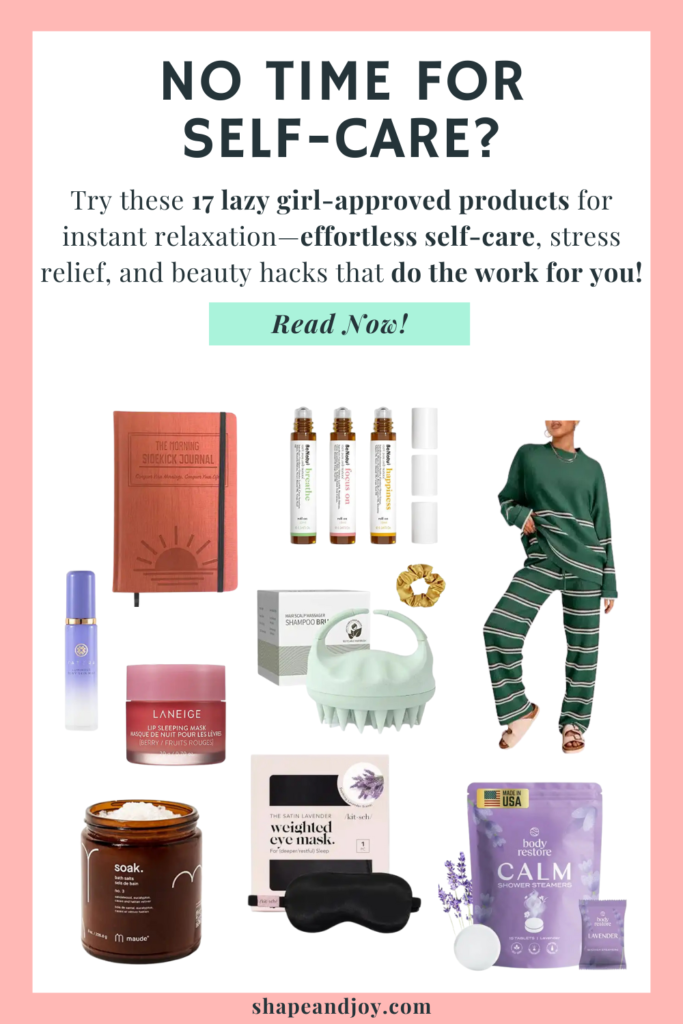
3. Quick Dopamine Hits for Instant Positive Energy
Feeling meh? Hit your dopamine menu (or make one if you haven’t already—here’s how: Create Your Own Dopamine Menu).
Need ideas? Here are instant mood-boosters:
- Put on your favourite song and dance like no one’s watching.
- Change into clean pyjamas for peak luxury vibes.
- Scroll vision board photos
- Blast a Friday night hype song, even if it’s Tuesday.
- Sip on an aesthetic iced coffee and pretend you have your life together.
Lazy Girl Tip: Self-care isn’t deep—sometimes, it’s just doing tiny things that make you smile.
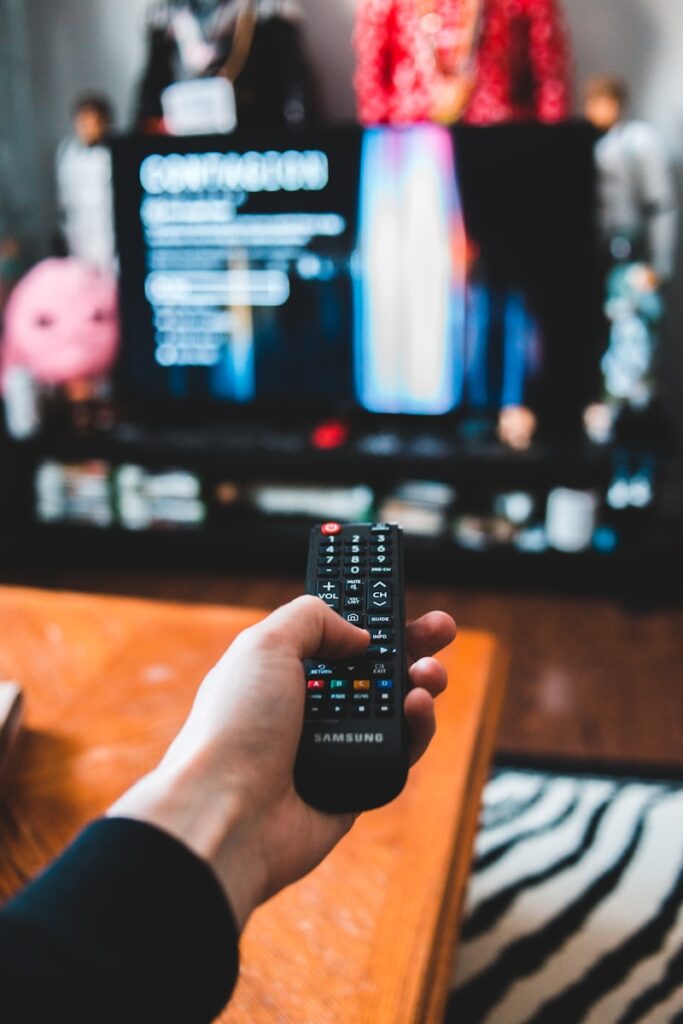
4. The Ultimate 5-Minute Skin Refresh
If you don’t have time for a full self-care routine, this is basic but effective:
- Cleanse – Because washing your face actually helps.
- Moisturise – Your skin needs it. Just trust me.
- SPF – Even if you’re inside. Even if it’s cloudy. Just do it.
Lazy Girl Tip: Grab a tinted SPF moisturiser and kill two birds with one stone—hydration, sun protection, and a subtle glow-up in one step.

5. Stretch Like a Cat (Seriously, It Works)
Sitting all day? Feeling stiff? A 5-minute stretch can change your entire mood.
- Neck rolls for tension relief.
- Arm stretches to open up tight shoulders.
- Leg stretch (or just point and flex your toes if you’re feeling extra lazy).
Lazy Girl Tip: Do this while watching TV for an effortless health win.
📌 Pin this for later! ⬇
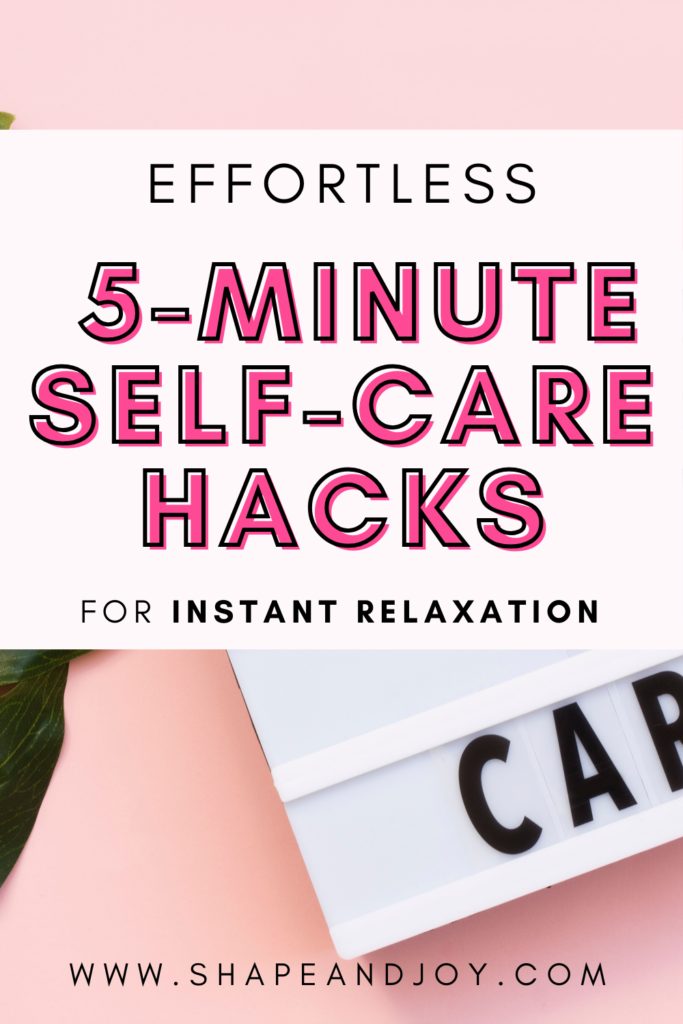
6. The “I Don’t Have Time for Exercise” Workout
No time? No problem. Try this zero-equipment, 5-minute movement boost:
- March in place (1 min)
- Wall sit (1 min)
- Seated toe taps (1 min)
- Standing stretch (1 min)
- Deep breaths (1 min)
Lazy Girl Tip: Strap on Bala Bangles for a sneaky resistance boost.

7. Create a Quick Self-Care Vision Board
Open Pinterest, Notes app, or an actual notebook and list things that make you feel good. Could be big goals or tiny things like “hot showers” or “scented candles.”
Lazy Girl Tip: Save a Sunday reset inspo board with self-care ideas so you don’t have to think about it next time.
8. The 5-Minute Shower Reset
Some days, self-care is just taking a hot shower and pretending you’re in a spa.
For an instant Korean shower routine glow-up, try:
- Body scrub for baby-soft skin.
- Hair mask for a little extra self-care flex.
- Cold water blast at the end for a mood and circulation boost.
Lazy Girl Tip: A luxury body scrub turns your basic shower into a full self-care lifestyle moment.

9. Write Down One Win from Today
Doesn’t matter how small—just one thing you did right today.
Even if it’s “I drank water” or “I got out of bed even though I didn’t want to”.
Lazy Girl Tip: Keep a self-care bullet journal with tiny wins. It builds self-confidence and positive energy over time.
Low-Effort Self-Care
Want to upgrade your self-care without the stress? This series is all about realistic, low-effort self-care that actually fits into your life—no guilt, no overwhelm, just small changes that make a big difference.
Explore the full Lazy Girl Self-Care Series:
- The Lazy Girl’s Guide to Self-Care: How to Feel Better with Minimal Effort
- The Best 5-Minute Self-Care Hacks for Busy Women
- How to Create a Self-Care Routine That You Actually Stick To
- How to Practice Mindfulness Without Meditating for Hours
- The Best Self-Care Ideas for When You’re Burnt Out
- How to Make Exercise Feel Like Self-Care (Not a Punishment)
- The Connection Between Self-Care & Sustainable Weight Loss
- How to Prioritise Yourself Without Feeling Guilty
- How to Reset Your Life When You’re Feeling Stuck
Pick one, start small, and give yourself permission to make self-care easy.
Final Thoughts: Self-Care Hacks in 5 Minutes Flat
You don’t need hours of free time or a full self-improvement plan to take care of yourself. Just 5 minutes here and there can change your mood, boost your energy, and make life feel a little easier.
Here’s what to do next:
- Pick one of the quick self-care hacks and try it today.
- Save this self-care list for when you need a boost.
- Let go of the guilt—5 minutes is enough.
Next up: How to Create a Self-Care Routine That You Actually Stick To—because self-care only works if it fits into your life!
📌 Pin this for later! ⬇


